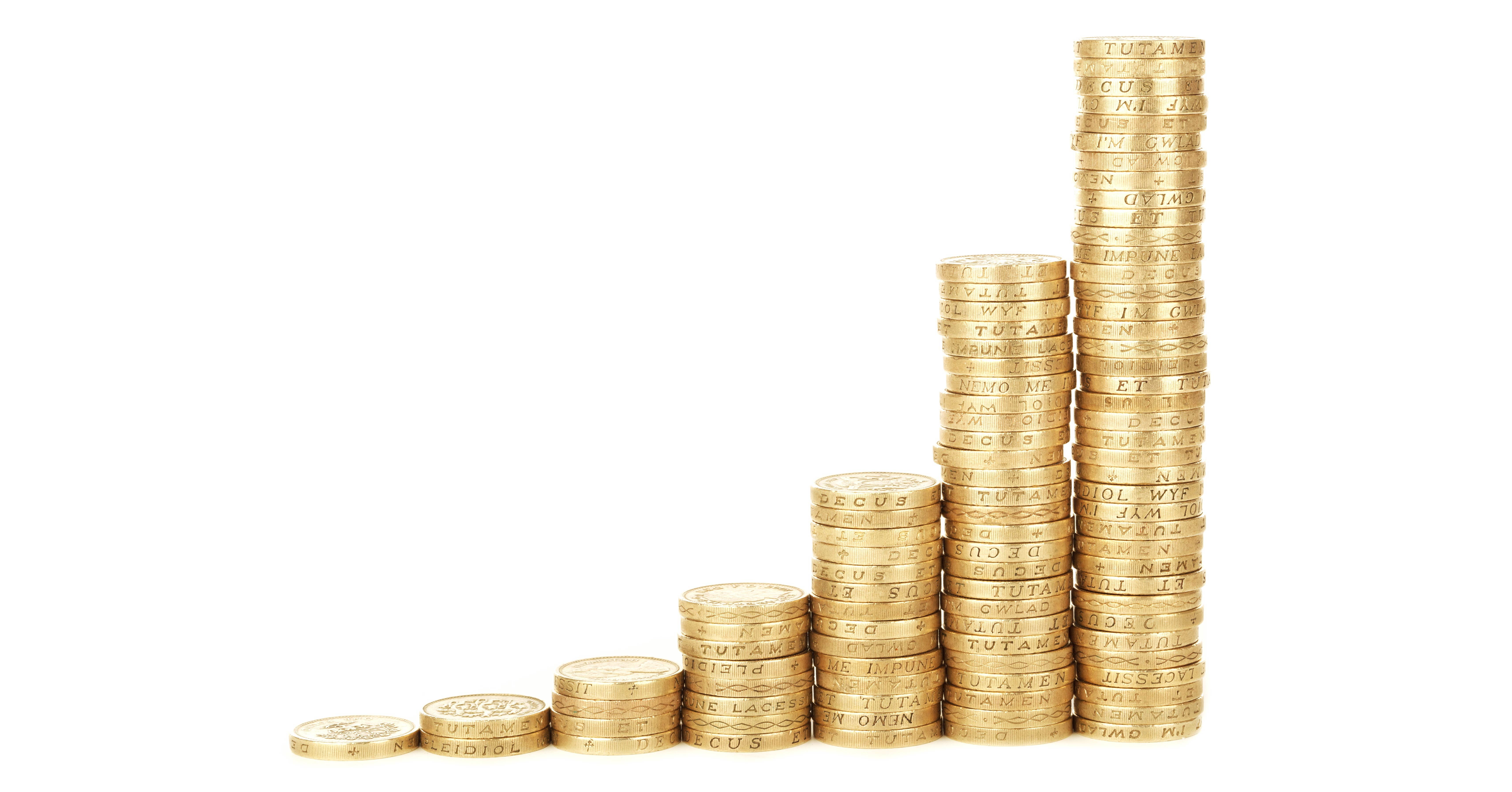Time in the market, not timing the market
If you’ve ever jumped into the world of personal finance blogs, you’re going to run across this phrase: “It’s all about time in the market, not timing the market.” Let’s break that down, because it runs counter to what intuitively feels like a good investment strategy.
“Time in the market” refers to how much time your money is invested in the stock or bond markets versus how much time its sitting around as cash. When your money is invested, it has the opportunity to create more wealth for you from capital gains (increases in the value of the investments), dividends (payouts from corporations to their shareholders), or interest income (payments made to bondholders while bonds are outstanding).
Over the last 90 years, stocks have returned about 7% after inflation(1), and bonds have returned 2-3% after inflation(2). Compared to even the highest-yield savings account rates you might find at banks which are ~0% after inflation (~2% nominal yields as of this post), that’s a substantial boost to return. To put in sharper perspective, it’s the difference between turning $100,000 into $760,000 over 30 years versus letting it just stand still by leaving it in a bank account.
What about now?
Clearly it’s a good move to invest your money, but is now the right time? What if a recession strikes tomorrow, next month, or later this year or next? What if we’re in a down market – could things get worse? Those are scary thoughts, so let’s take a look at the risks you take on by trying to “time the market.”
Between 1997 and 2017, we saw a few major drops in the stock market: the Asian financial crisis, the dot-com crash, and the Great Recession to name a few. If you stayed invested in a 60% stock and 40% bond portfolio for all 5,217 trading days, you’d have an annualized return of 7.2%. Miss only the 10 best days though, and your return drops to 3.5%. Miss the best 20 days and it’s 1.2%. 30 days and you’re negative: (0.9%). Less than 0.5% of trading days generated all of the gain!
An even bigger drag on returns is staying out of the market when things are at their gloomiest. It’s tempting to pull your money out when the market has suffered a big loss, but these are typically the best times to be in the market as prices begin to recover. Deciding to stay out of the market for a year after the market hit bottom in 2008 through 1/25/19 would have meant returns 41% lower than staying invested.
So far, every time the market has suffered a downturn, it has recovered and then some. Keeping a long-term focus and consistently investing in the good times and bad keeps you in the market to benefit from those big days and in the downturns, when stock prices are low, you’re able to buy more with the same amount of money.
Farther helps you do that by keeping your excess cash invested, instead of in a bank account earning little to nothing after inflation. That helps you maximize your time in the market and avoid losses from market timing risk. It takes just 5 minutes to get started. Sign up today!
1 S&P500 yield including dividends 1926-2018
2 10 year treasury bonds 1928-2018 and long-term corporate bonds 1926-2018
Sources: Morningstar, PPCA Inc.
Taylor
Founder @ FartherTaylor thinks everyone should have access to great personal finance tools to get a little farther.

Why we're here

Why cash management

Time in the market, not timing the market
Stay up to date
Get the latest updates from the farther team.
Your future self thanks you for taking a step towards a more secure future!